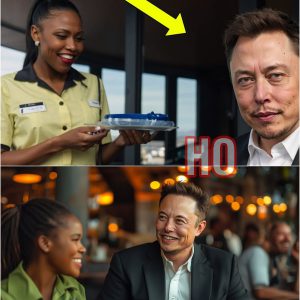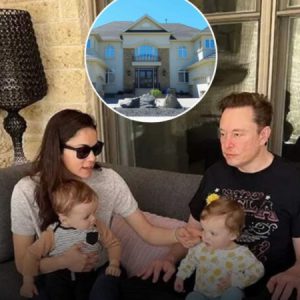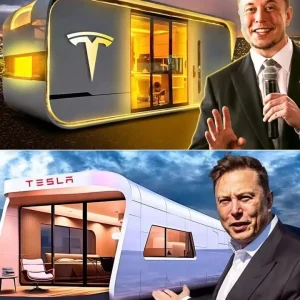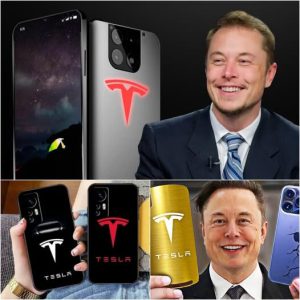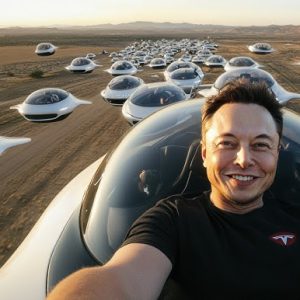This $5,000 Cooking Robot SHOCKED the World with Its DELICIOUS Dishes
.
.
.
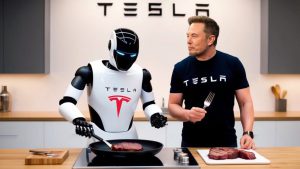
In a recent announcement, Tesla CEO Elon Musk revealed that by 2026, Tesla owners will have the ability to add or remove their vehicles from the company’s Robotaxi fleet, functioning similarly to managing an Airbnb property.
This initiative is part of Tesla’s broader strategy to revolutionize transportation through autonomous driving technology. The Robotaxi service is set to launch in Austin, Texas, in June 2025, initially utilizing Tesla-owned vehicles. Following this, the company plans to expand the service to allow individual Tesla owners to rent out their own vehicles by 2026.
The concept draws parallels to platforms like Airbnb, where owners can monetize their assets when not in personal use. In this case, Tesla owners can generate income by making their cars available for autonomous ride-hailing services during idle times.
Tesla’s upcoming vehicle, the Cybercab, is central to this vision. Unveiled in October 2024, the Cybercab is a two-seater autonomous vehicle without a steering wheel or pedals, designed specifically for the Robotaxi fleet. Production is slated to begin in 2026, with an anticipated price point below $30,000.
While the prospect of integrating personal vehicles into an autonomous fleet offers exciting opportunities for Tesla owners, it also presents challenges. Ensuring the safety and reliability of autonomous operations, addressing regulatory hurdles, and managing the logistics of such a service will be critical factors in its success.
As Tesla continues to innovate in the autonomous vehicle space, the company’s approach to combining personal vehicle ownership with shared, autonomous services could redefine the future of transportation.
